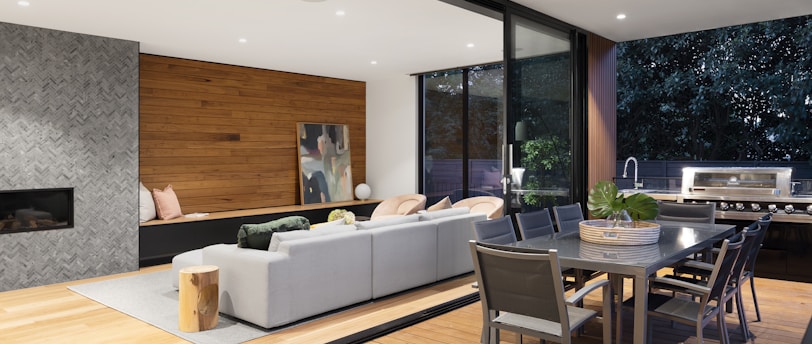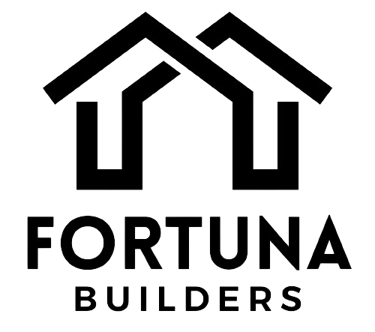Modern Building Trends
6/5/20231 min read


Several modern residential building trends have been gaining popularity.
Sustainable and Energy-Efficient Design: With a growing focus on environmental consciousness, sustainable design practices are on the rise. This includes incorporating energy-efficient systems, using eco-friendly materials, implementing renewable energy sources like solar panels, and optimizing insulation to reduce energy consumption.
Smart Homes and Automation: The integration of technology into residential buildings is becoming increasingly common. Smart homes feature automated systems for lighting, heating, security, and appliances, allowing residents to control various aspects remotely via mobile devices.
Open Floor Plans: Open floor plans continue to be popular, emphasizing spaciousness and connectivity. This design style typically involves removing or minimizing interior walls to create larger, more fluid living spaces, often combining the kitchen, dining, and living areas.
Multifunctional Spaces: Due to the need for flexible living arrangements and the rise of remote work, homes are being designed with multifunctional spaces. These areas can serve as home offices, guest rooms, or adaptable spaces that can be easily transformed to meet different needs.
Outdoor Living Spaces: Creating outdoor areas that function as extensions of indoor living spaces is a growing trend. This includes designing covered patios, decks, or rooftop gardens that provide opportunities for relaxation, entertaining, and connecting with nature.
Natural Materials and Biophilic Design: There is an increasing focus on incorporating natural materials like wood, stone, and exposed brick, as well as incorporating elements of biophilic design. Biophilic design seeks to connect occupants with nature, integrating natural light, greenery, and natural textures throughout the home.
Wellness and Health-Centric Design: Homes designed with the occupants' health and well-being in mind are gaining popularity. Features such as improved indoor air quality, ample natural light, proper acoustics, and spaces for exercise or meditation are being incorporated to enhance residents' physical and mental well-being.
Aging-in-Place and Universal Design: As the population ages, there is a growing demand for homes that accommodate people of all ages and abilities. Universal design principles, such as wider doorways, accessible bathrooms, and no-step entries, are being implemented to make homes more inclusive and adaptable to changing needs.
Company
4360 Mensha Pl, San Diego, CA 92130
Lic #: 1101716
Call: (619) 838-9119
Email: FortunaBuildersInc@gmail.com
Contact
Location
We at Fortuna Builders are a women’s owned small business collaborative team of highly qualified remodeling professionals, and trade partners who are recognized as some of the most dedicated, skilled craftsmen in San Diego. We build custom homes, whole home remodels, additions, ADU’s, outdoor living spaces, kitchens, bathrooms, and other areas of your home that encompass your unique needs and desires.


Socials
